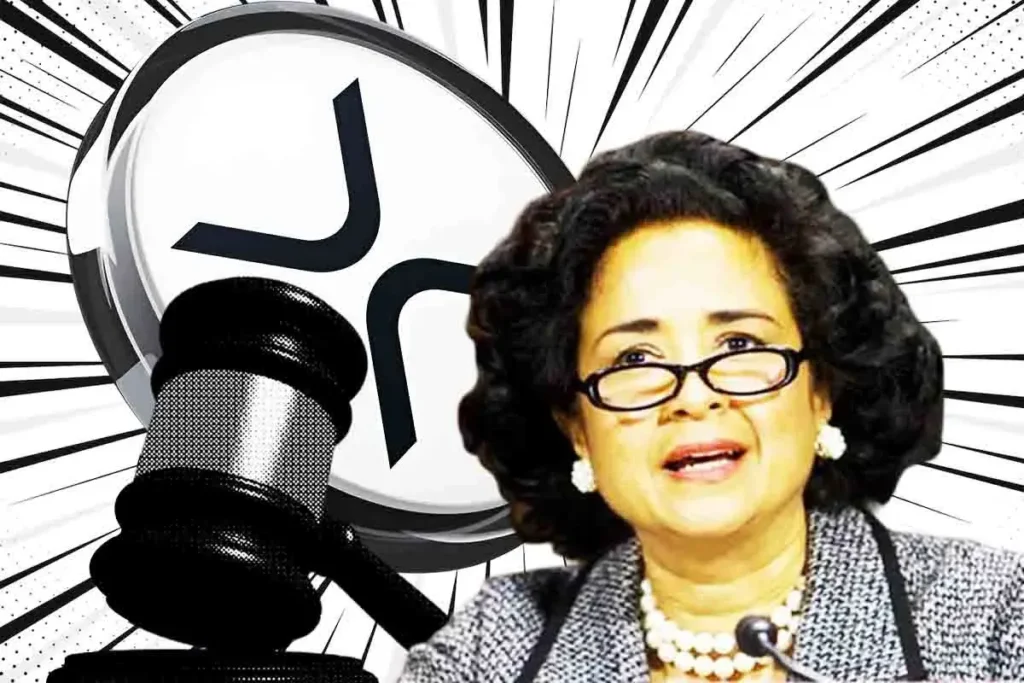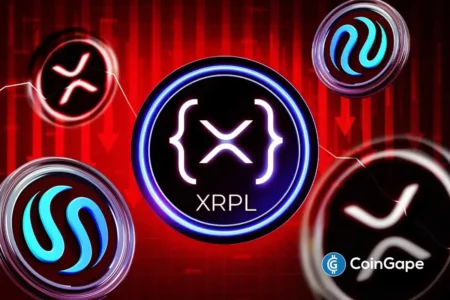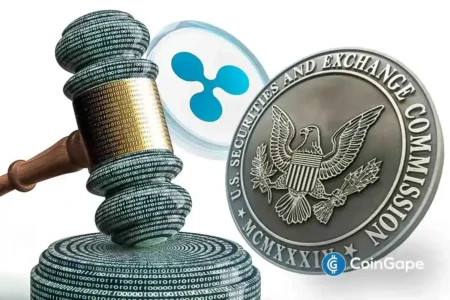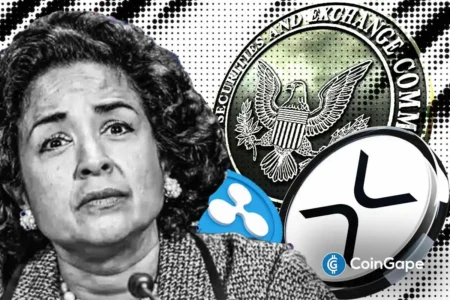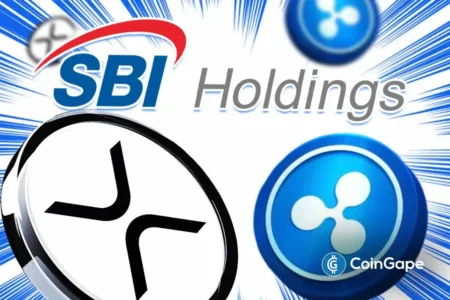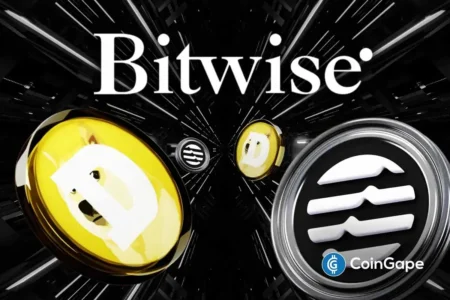Understanding the Ripple vs SEC Lawsuit: Analyzing the Recent Settlement Developments
The XRP lawsuit, a highly discussed case in the cryptocurrency sphere, is approaching a decisive point as both Ripple and the U.S. Securities and Exchange Commission (SEC) have submitted a settlement letter. This development adds another layer to the ongoing legal battles surrounding XRP. However, legal expert Bill Morgan articulates that the approval of this settlement still relies heavily on the ruling from Judge Analisa Torres. This uncertainty highlights the intricacies of legal proceedings in high-stakes cryptocurrency cases.
The Role of Judge Torres in the Settlement Process
XRP lawyer Bill Morgan has recently shed light on the complexities surrounding the Ripple case settlement. He argues that although both Ripple and the SEC have reached an agreement, the final approval requires Judge Torres’ endorsement. Morgan highlights that Judge Torres must evaluate whether the settlement aligns with the public interest. This notion of public interest adds another dimension to the legal considerations at play, as it opens the door for broader implications beyond the private parties involved.
Public Opinion and Its Influence on Legal Decisions
Morgan suggests that the overwhelming support from XRP holders may positively influence Judge Torres’ ruling. The backing of pro-XRP advocates, like John Deaton, who has amassed a significant following, could sway the judge’s perspective. This public sentiment reinforces the case for dissolving the current injunction against Ripple and reducing the financial penalty to a more manageable $50 million. In legal settings, public interest often plays a pivotal role in influencing judicial decisions, making the voice of XRP holders more relevant than ever.
Breakdown of the Settlement Process
The settlement process for the XRP lawsuit involves several critical steps, each contributing to the overall outcome. Ripple initially filed for a settlement on April 23, while the SEC submitted its letter on May 8. Following this, both parties have made motions to pause ongoing appeals and cross-appeals, signaling their desire to expedite the process. On the same date, they sought an indicative ruling from Judge Torres through a Rule 62.1 motion, aiming to further clarify the court’s stance on the settlement’s terms.
The Path Forward: Indicative Rulings and Remands
Should Judge Torres grant the indicative ruling, the next phase of the process would involve filing a motion for a limited remand with the Court of Appeals. This step would aim to secure the agreed-upon relief outlined in the settlement terms. Once this remand is obtained, Ripple and the SEC would then approach Judge Torres with a formal request to implement the settlement’s specifics. Proper execution of these subsequent actions will pave the way for the dismissal of appeals and cross-appeals with the Second Circuit Court.
The Potential Impact of Legal Proceedings on XRP’s Future
The outcome of the XRP lawsuit is highly consequential, not just for Ripple, but for the broader cryptocurrency market. The decision made by Judge Torres could set significant precedents for future cases involving cryptocurrencies and their regulatory landscape. A favorable ruling for Ripple might instill greater confidence among investors and stakeholders, signaling a potential thawing in regulatory scrutiny over digital assets.
Conclusion: Navigating Uncertainty in Cryptocurrency Regulation
As the Ripple vs SEC lawsuit continues to unfold, the intertwined factors of public support, legal maneuvers, and judicial decisions will significantly influence the final outcome. The ongoing uncertainty, encapsulated by Morgan’s observations, serves as a reminder of the complexities inherent in cryptocurrency regulation. As we move forward, all eyes will be on Judge Torres to see how this pivotal case unfolds and what implications it holds for the cryptocurrency landscape as a whole.
With this comprehensive overview, readers can appreciate the multifaceted legal challenges Ripple faces and the potential repercussions on the broader cryptocurrency community. Understanding these dynamics is vital for comprehending the future trajectory of crypto regulations and investor confidence in this burgeoning market.







